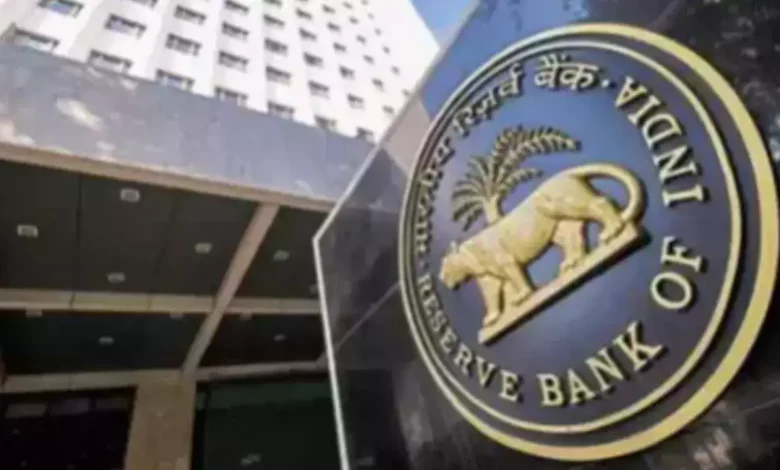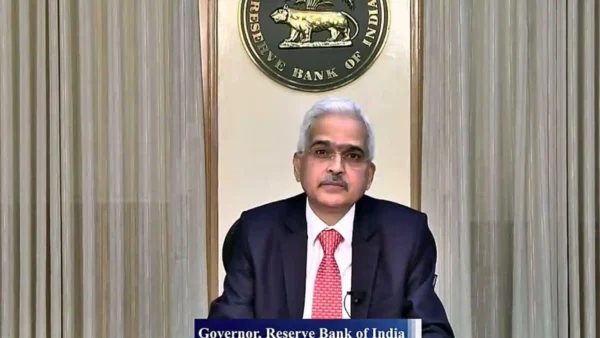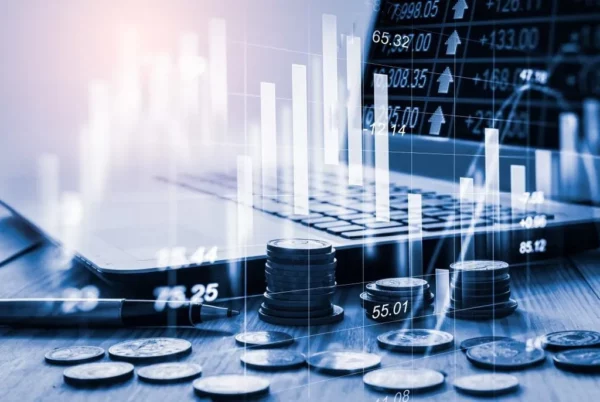Loan EMIs to increase after RBI hikes rates by 50 basis points to 5.4 per cent

Loan EMIs to increase after RBI hikes rates by 50 basis points to 5.4 per cent
The RBI increased the benchmark repo rate by 50 basis points (bps) to 5.4% on Friday to curb inflation and promote the nation’s economic growth, resulting in higher loan EMIs.
RBI has increased rates three times in a row in the past four months, which is projected to increase borrowing costs for both businesses and consumers. The bank rate and the marginal spending facility rate have both been updated to 5.65 per cent.
The RBI increased its repo rate by 40 per cent basis points in May and another 50 basis points in June in response to the rising inflationary pressure in India. 5.4 per cent in the current policy repo rate. With this 50 bps rise to 5.40, the 2022 rate hike is now 140 bps total, which is higher than the 115 bps total cut enacted in 2020.
These increases will help moderate inflation, which has been above the RBI’s upper tolerance limit for several months now and will gradually withdraw the liquidity poured into the market in 2020.
The RBI is required to maintain a margin of 2% on either side of the target CPI-based inflation rate of 4%.
The latest rate increase was approved by all six Monetary Policy Committee members (MPC) members, which RBI governor Shaktikanta Das leads. “MPC decided to focus on withdrawing accommodation to keep inflation within target while supporting growth,” said Das.
The high commodity prices and the current state of global geopolitics suggest that inflation will likely continue to be over the upper tolerance limit of 6% for the first three quarters of 2022–2023. The repo rates have been increased twice. The third increase means pricey personal and home loans. The burden of paying off their children’s student loans will fall on the shoulders of the parents. Additionally, the cost of your auto and two-wheeler loans will rise in the future.
As over 90% of bank house loans are correlated to the repo rate, the RBI’s action inevitably raises mortgage rates. Although deposit rates will also climb, the increase is anticipated to be slower due to the financial system’s continued influx of stimulus money from the pandemic. The bad news for borrowers is that there will be more rate rises from the RBI.
Most analysts agree with Crisil’s prediction that the RBI would increase rates by another 25 basis points this fiscal year. As a result, borrowing rates will be 50% higher by the end of March than they were before the outbreak. To lessen the effects of the Covid-induced lockdown, the RBI cut the repo rate in March 2020. It then kept the benchmark interest rate unchanged for nearly two years until raising it on May 4, 2022.

What does this mean for borrowers?
“The loan tenors of current borrowers on floating rate loans would lengthen due to this rise. Checking the premium, you are paying over the repo rate is one method you can use to assess your loan rate. You may be eligible for home loan offers at a premium of about 250–275 basis points over the repo rate if you qualify as a prime borrower (credit score of 750 or higher, steady income, on-time loan payments). Depending on who you are and who you are borrowing from and how much the premium changes from lender to lender, the range could be smaller or larger, “Adhil Shetty, CEO of Bankbazaar.com, said
The lowest rate you may get may be in the 7.90 to 8.15 per cent range, for instance, if the repo rate is 5.40 per cent.
You might want to talk to your lender and refinance your loan to a cheaper rate if you are paying more even though you have a decent credit score.
If you decide against refinancing, you might want to prepay to routinely lessen the impact of rising tenors.
You might also choose to prepay by intentionally choosing to pay larger EMIs, which is another option.
“It is advised to be proactive with your loan payments and prepay in some way regularly to reduce the rising interest during periods of inflation. This is crucial for new borrowers who have recently taken out loans at historically low rates of 6.50 to 7.50 per cent. These repo hikes may significantly lengthen their loan terms and obstruct other financial plans, like retirement. Initially, new borrowers can be reluctant to take out a new loan. However, whether or not they decide to borrow ultimately depends on their own preparation, “Shetty stated.

Moderate impact on home sales:
“A rate increase was anticipated, although it was anticipated to be no more than 35 bps. The 50 bps increase is unquestionably excessive, and the home loan lending rates will now move closer to the danger zone. The all-time best low-interest rate regime, one of the primary factors driving housing purchases across the nation since the epidemic, has officially ended with this third consecutive rate hike in the last two months.
This double whammy occurs at the same time that real estate prices are currently rising due to inflationary trends in the major raw materials like cement, steel, labour, etc. Rising house loan rates and increased building costs will have an influence on residential sales, which performed quite well in the first half of 2022,” said Anuj Puri, Chairman – ANAROCK Group.
“The impact of the rate increase will mostly be felt in the affordable housing sector, which is heavily influenced by sentiment and first-time homebuyers in particular who depend on mortgages. As the demand of property purchasers in the luxury category is above these considerations, this decision will not have a significant impact there,” said Lincoln Bennet Rodrigues, Chairman & Founder, The Bennet and Bernard Company.

The rate hike is a non-event for markets.
According to Santosh Meena, Head of Research at Swastika Investmart Ltd., “RBI’s MPC decision to boost the repo rate by 50 basis points is in line with the market expectations and so remains a non-event.”
“In terms of liquidity, the RBI’s continued gradual withdrawal strategy is a positive step toward normalisation and relieving pressure on price increases. It is also encouraging news that the governor of the RBI has pledged to offer the necessary support to ensure rupee stability. Overall, the RBI’s “whatever it takes” strategy bodes well for the expansion and stability of the Indian economy while immediately controlling inflation “, Managing Director of Resurgent India, Jyoti Prakash Gadia, stated.
The RBI determined in its June policy to continue concentrating on removing accommodations to guarantee that inflation stays within the goal in the future while promoting growth. The RBI predicted inflation at 6.7 per cent in 2022–2023 during its June 2022 policy, with Q1 rates of 7.5 per cent, Q2 rates of 7.4 per cent, Q3 rates of 6.2 per cent, and Q4 rates of 5.8 per cent, with risks being evenly distributed.
In June 2022, India’s consumer price index (CPI) inflation rate was 7.01 per cent, slightly down from 7.01 per cent in May. This year, inflation reached a peak in April of 7.79 per cent.
It’s important to note that inflation has exceeded the RBI’s 6 per cent cap for six straight months.
Edited by Prakriti Arora




